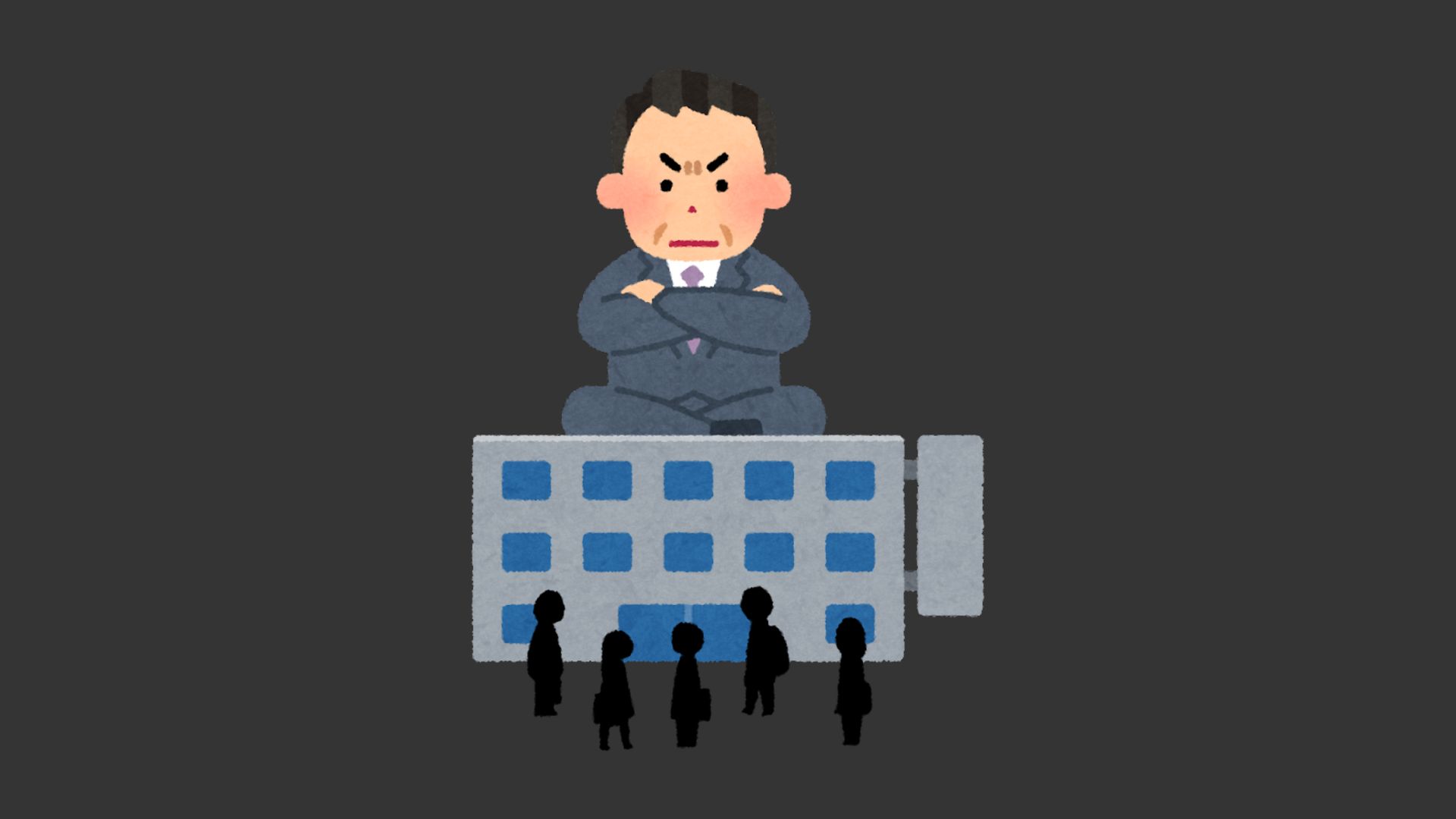What are articles?
Articles are words that precede nouns to indicate whether they refer to something specific or general. They play a crucial role in providing context and clarity in English sentences.
Consider these examples:
The old book on the shelf belongs to my grandfather.
By using the article “the,” we’re referring to a specific old book and a particular shelf, both of which are known or have been previously mentioned.
An old book can be a treasure trove of knowledge.
Here, by using the article “an,” we’re making a general statement about any old book, not a specific one.
English has two types of articles: definite and indefinite.
The definite article is “the,” while the indefinite articles are “a” and “an.” Each type serves a distinct purpose in conveying meaning and specificity.
Table of Contents
Definite Articles
The definite article in English is “the.” It is used to refer to specific or particular nouns, indicating that the noun is known to the reader or listener. The definite article can be used with singular, plural, or uncountable nouns.
Examples:
- The car in the driveway needs to be washed. (Referring to a specific car)
- The children in my class are very creative. (Referring to a particular group of children)
- The information you provided was very helpful. (Referring to specific information)
In these examples, “the” indicates that we’re talking about particular items or groups that are identifiable to both the speaker and the listener.
Indefinite Articles
The indefinite articles in English are “a” and “an.” They are used to refer to non-specific or general nouns. “A” is used before words that begin with a consonant sound, while “an” is used before words that begin with a vowel sound.
Examples:
- I need a new laptop for work. (Referring to any laptop, not a specific one)
- An elephant never forgets. (Making a general statement about elephants)
- She wants to buy a house with a garden. (Referring to any house with any garden)
In these cases, the indefinite articles indicate that we’re not talking about a particular item, but rather any one of that type of item.
The choice between definite and indefinite articles significantly affects the meaning of a sentence, helping to clarify whether we’re discussing something specific or general.
More examples of using a and an
Certainly! Let’s explore more examples of using “a” and “an” to illustrate their usage and the subtle differences they can create in meaning.
Using “a”:
- I saw a cat in the garden yesterday. (Any cat, not a specific one)
- She needs a new computer for her studies. (Any new computer would suffice)
- There’s a book on the table. (One unspecified book)
- He wants to become a doctor someday. (Referring to the profession in general)
- We should take a break now. (Any break, not a specific one)
Using “an”:
- An apple a day keeps the doctor away. (Any apple, used in a general saying)
- I heard an interesting story last night. (One unspecified interesting story)
- She’s an engineer working on innovative projects. (Referring to her profession in general)
- We need an umbrella for this rainy weather. (Any umbrella would do)
- An honest person always tells the truth. (Referring to honest people in general)
Note that the choice between “a” and “an” depends on the sound that follows, not necessarily the letter. For example:
- A university (starts with a ‘yu’ sound)
- An hour (silent ‘h’, starts with an ‘ou’ sound)
- A European country (starts with a ‘yu’ sound)
- An MBA degree (starts with an ’em’ sound)
These examples demonstrate how “a” and “an” are used to introduce nouns in a general or non-specific sense, providing a subtle but important layer of meaning in English sentences.
Using an article before an adjective
Certainly! Using articles before adjectives is an important aspect of English grammar. Let’s explore this concept with examples to illustrate how articles interact with adjectives when they precede nouns.
When an adjective comes between the article and the noun, the choice of article (“a,” “an,” or “the”) depends on the adjective, not the noun. Here’s how it works:
1. Using “a” before adjectives:
Use “a” before adjectives that begin with a consonant sound.
Examples:
- a beautiful day
- a clever idea
- a green apple
- a happy child
2. Using “an” before adjectives:
Use “an” before adjectives that begin with a vowel sound.
Examples:
- an interesting book
- an enormous elephant
- an ugly duckling
- an honest mistake
3. Using “the” before adjectives:
“The” can be used before any adjective, regardless of its initial sound.
Examples:
- the red car
- the old house
- the intelligent student
- the amazing performance
It’s important to note that when multiple adjectives are used, the article is placed before the first adjective:
- a long, winding road
- an exciting, new adventure
- the tall, dark, handsome stranger
Remember, the choice between “a” and “an” is always based on the sound that follows, not the spelling. This rule applies even when that sound comes from an adjective rather than the noun itself:
- a unique opportunity (starts with a ‘yu’ sound)
- an hour-long meeting (silent ‘h’, starts with an ‘ou’ sound)
- a one-time offer (starts with a ‘wu’ sound)
- an FBI agent (starts with an ‘ef’ sound)
Understanding these rules helps in constructing grammatically correct and natural-sounding English sentences.
Indefinite articles with uncountable nouns
Indefinite articles (“a” and “an”) are generally not used with uncountable nouns.
This is an important rule in English grammar that can be a bit tricky for learners. Let’s explore this concept in more detail:
Uncountable Nouns and Articles:
Uncountable nouns (also called mass nouns) refer to things that can’t be counted as individual units in everyday situations. These include:
- Abstract concepts: love, happiness, information
- Materials and substances: water, sugar, air
- Collective categories: furniture, luggage, traffic
When discussing uncountable nouns in a general sense, we typically use no article at all:
- Water is essential for life.
- Happiness is important for mental health.
- Information can be valuable.
However, there are some important exceptions and nuances to be aware of:
1. Using “the” with uncountable nouns:
We can use “the” with uncountable nouns when referring to a specific instance:
- The water in this lake is very clean.
- The happiness she felt was overwhelming.
2. Using quantifiers:
To make uncountable nouns countable, we often use quantifiers or containers:
- a piece of information
- a bottle of water
- a spoonful of sugar
3. Some/Any:
These words are often used with uncountable nouns instead of “a” or “an”:
- Do you have any milk?
- I need some advice.
4. Uncountable nouns that can be countable:
Some nouns can be both countable and uncountable, with a change in meaning:
- Time is precious. (uncountable)
- I’ve been here three times. (countable)
5. Expressions of quantity:
When expressing a quantity of an uncountable noun, we use “of”:
- a lot of money
- a great deal of patience
6. Adjectives before uncountable nouns:
Even when an adjective precedes an uncountable noun, we don’t use “a” or “an”:
- fresh air (not “a fresh air”)
- valuable information (not “a valuable information”)
Using articles with pronouns
Using articles with pronouns is an interesting aspect of English grammar, as there are specific rules and conventions to follow. Generally, articles are not used directly with pronouns, but there are some exceptions and related constructions worth noting. Let’s explore this topic in detail:
1. Personal Pronouns:
Articles are not used with personal pronouns (I, you, he, she, it, we, they).
Incorrect: The he went to the store.
Correct: He went to the store.
2. Possessive Pronouns:
Articles are not used with possessive pronouns (mine, yours, his, hers, its, ours, theirs).
Incorrect: The mine is better.
Correct: Mine is better.
3. Demonstrative Pronouns:
Articles are not used with demonstrative pronouns (this, that, these, those).
Incorrect: The this is interesting.
Correct: This is interesting.
4. Relative Pronouns:
Articles are not used directly with relative pronouns (who, whom, whose, which, that).
Incorrect: The who called you?
Correct: Who called you?
5. Indefinite Pronouns:
Most indefinite pronouns (someone, anyone, everyone, no one, somebody, etc.) don’t use articles.
Incorrect: A someone is at the door.
Correct: Someone is at the door.
However, there are some constructions and exceptions where articles can appear near pronouns:
1. Article + Adjective + One:
“One” can be used as a pronoun with an article and an adjective.
Example: The red one is mine.
2. The + Only + One:
This construction is commonly used.
Example: He’s the only one who understands.
3. The + Comparative Adjective + Of + Pronoun:
This structure is used for comparisons.
Example: She’s the taller of the two.
4. The + Superlative Adjective + Of + Pronoun:
Used for identifying the extreme in a group.
Example: He’s the best of them all.
5. Article + Noun + Of + Possessive Pronoun:
This construction is used to specify a particular item.
Example: A friend of mine is visiting.
6. The + One(s):
Used to refer back to previously mentioned nouns.
Example: I like the blue shirts better than the red ones.
7. The + Which/Who:
In non-defining relative clauses.
Example: The book, which I read last week, was fascinating.
When can you omit articles?
Omitting articles in English is a nuanced aspect of grammar that depends on various factors. Understanding when to omit articles can help in achieving more natural and concise language. Here are several situations where articles can be omitted:
1. With Plural Countable Nouns in General Statements:
- Dogs are loyal animals. (Instead of: The dogs are loyal animals.)
- Children need proper nutrition. (Instead of: The children need proper nutrition.)
2. With Uncountable Nouns in General Statements:
- Water is essential for life. (Instead of: The water is essential for life.)
- Happiness is important for well-being. (Instead of: The happiness is important for well-being.)
3. With Names of Languages, Academic Subjects, and Sports:
- She speaks French fluently. (Not: She speaks the French fluently.)
- Mathematics is his favorite subject. (Not: The mathematics is his favorite subject.)
- They play basketball every weekend. (Not: They play the basketball every weekend.)
4. With Names of Meals:
- Let’s have dinner together. (Not: Let’s have the dinner together.)
- Breakfast is the most important meal of the day.
5. In Certain Time Expressions:
- at night, by day, at dawn, at noon
- We usually sleep at night. (Not: We usually sleep at the night.)
6. With Names of Seasons in General Statements:
- Summer is my favorite season. (Instead of: The summer is my favorite season.)
7. With Names of Institutions When Referring to Their General Purpose:
- He’s in prison. (Meaning he’s incarcerated, not visiting)
- She’s at university. (Meaning she’s a student, not visiting)
8. In Many Fixed Expressions or Idioms:
- Hand in hand, face to face, day by day
- They walked hand in hand. (Not: They walked the hand in the hand.)
9. In Headlines, Titles, and Signs:
- “President Announces New Policy” (Instead of: “The President Announces the New Policy”)
- “No Smoking” (Instead of: “The No Smoking”)
10. With Some Modes of Transport:
- by car, by bus, by train (But: in the car, on the bus, on the train)
- We traveled by plane. (Not: We traveled by the plane.)
11. With Names of Companies, Organizations, and Brands:
- Microsoft announced a new product. (Not: The Microsoft announced a new product.)
12. With Some Prepositional Phrases:
- at home, in bed, at work, on holiday
- She’s at work now. (Not: She’s at the work now.)
13. With Parallel Structures and Lists:
- He bought bread, milk, and eggs. (Instead of: He bought the bread, the milk, and the eggs.)
14. With Some Abstract Nouns When Used in a General Sense:
- Love conquers all. (Instead of: The love conquers all.)
- Time heals all wounds. (Instead of: The time heals all wounds.)
Remember, these rules can vary depending on context and specific usage. In some cases, including an article can change the meaning or emphasis of a sentence.
Being aware of these situations where articles can be omitted helps in crafting more natural and idiomatic English sentences.
Article FAQs
What are articles and example?
Articles are words that precede nouns to indicate whether the noun is specific or general. They are a type of determiner in English grammar.
Example:
- The cat sat on the mat. (specific cat, specific mat)
- A cat sat on a mat. (any cat, any mat)
What are 10 examples of articles?
Here are 10 examples of sentences using articles:
- The sun rises in the east.
- An apple a day keeps the doctor away.
- I saw a movie last night.
- The Eiffel Tower is in Paris.
- He’s reading an interesting book.
- The children are playing in the park.
- I need a new pair of shoes.
- The Earth revolves around the sun.
- She’s an excellent musician.
- The fastest runner won the race.







